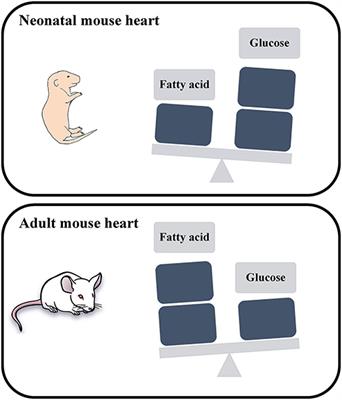EDITORIAL
Published on 14 Feb 2023
Editorial: Straight from the heart: Novel insights and future perspectives for cardiac repair
doi 10.3389/fcvm.2023.1149626
- 737 views
14k
Total downloads
63k
Total views and downloads
Select the journal/section where you want your idea to be submitted:
EDITORIAL
Published on 14 Feb 2023
ORIGINAL RESEARCH
Published on 06 Oct 2022
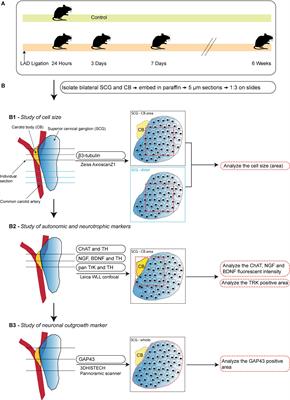
REVIEW
Published on 14 Jan 2022
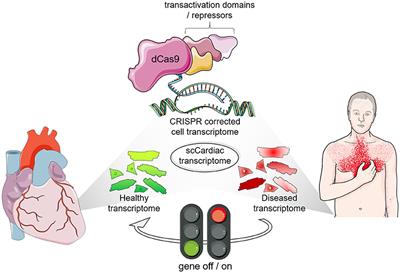
REVIEW
Published on 08 Nov 2021
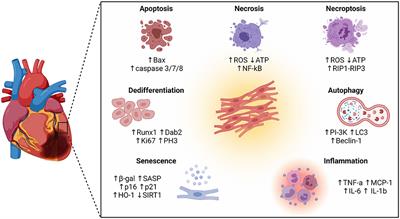
MINI REVIEW
Published on 25 Oct 2021
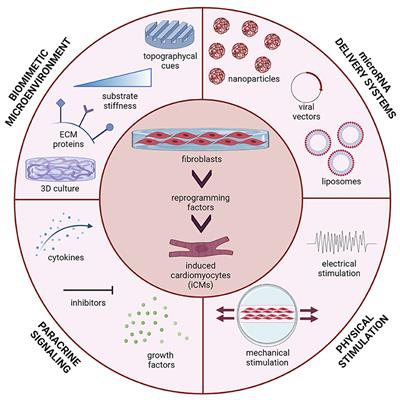
REVIEW
Published on 08 Oct 2021
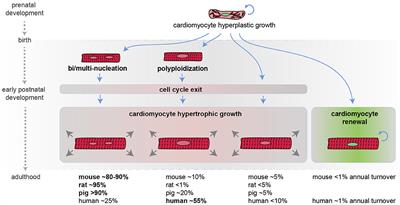
REVIEW
Published on 23 Sep 2021
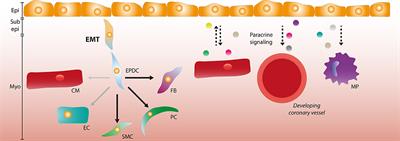
REVIEW
Published on 06 Sep 2021
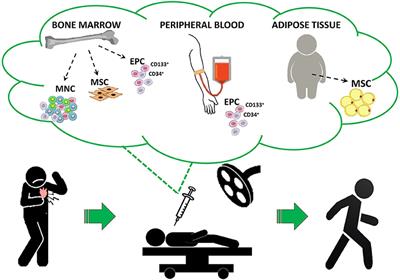
ORIGINAL RESEARCH
Published on 16 Aug 2021
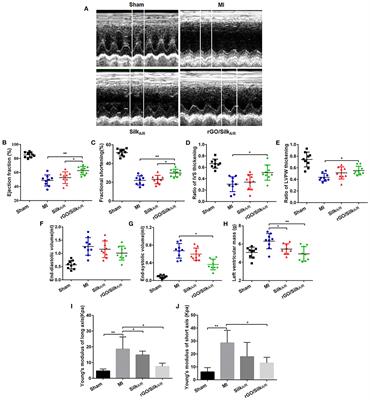
ORIGINAL RESEARCH
Published on 13 Aug 2021
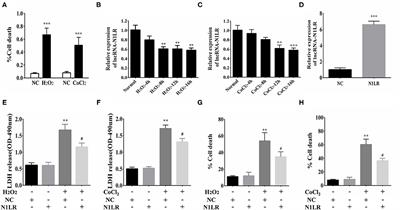
REVIEW
Published on 16 Jul 2021
